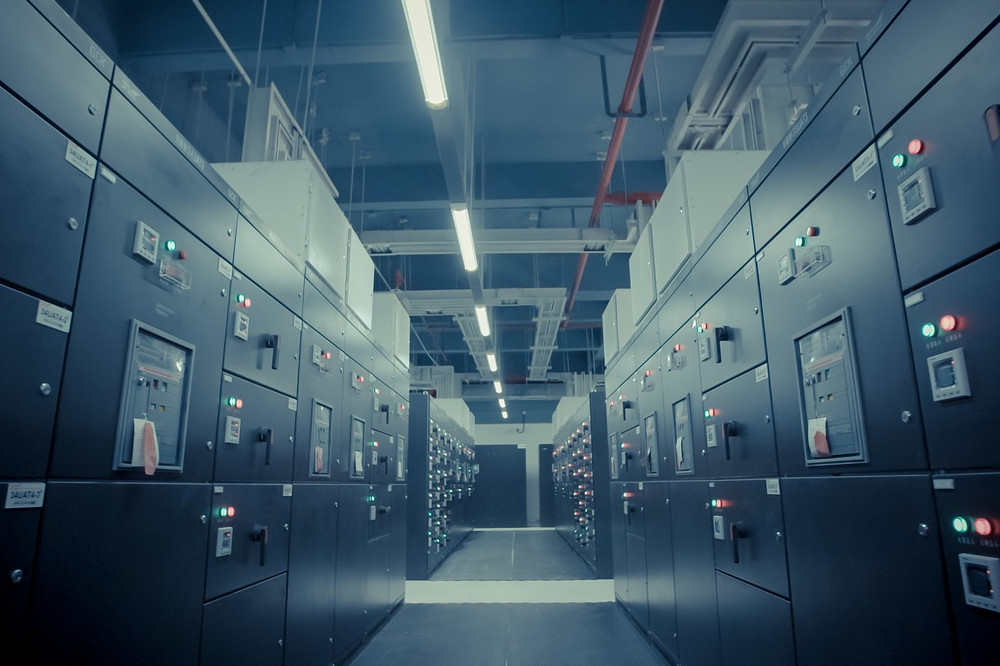Lance Devin, CIO at EdgeConneX, explores automating the data centre in order to cater for our increasingly digitised world.
The pandemic has created global shifts in the way people work, learn, shop, socialise and play. And yet, even as some offices, schools, retailers, dining establishments and entertainment venues slowly begin to reopen, some companies have already announced aggressive plans to continue with remote work.
A recent survey by IBM found that 54% of US employees would prefer to work primarily remotely, with three out of four stating they would like to continue to work from home at least in a partial capacity.
To look at the companies with plans to extend their work-from-home (WFH) policies well into next year, some permanently, is to witness a procession of many of the most successful organisations in the world across every industry dynamically changing the way they do business.
Among thesefirms are Big Tech (Amazon, Google, Microsoft), financial and insurance services (Mastercard, Nationwide), retail (REI) and social media (Facebook, Twitter). Zillow, the real estate database company, and Square, the mobile payment and merchant services operator, have also recently announced their employees could WFH indefinitely.
As anyone in our industry is all too aware, the digital transformations and remote workforce mobilisations that have occurred virtually overnight wouldn’t have happened if data centre operators, who have been limiting access to their facilities because of the threat of the coronavirus, couldn’t ensure uptime for their customers.
That said, some data centre providers have long been prepared to make sure the world stays connected, while maintaining the health and safety of their staff, partners and vendors. And, interestingly enough, the technology that enables the data centre to support the rising demand for streaming media, video conferencing, cloud collaboration platforms and virtual private networks (VPNs) – tools that have become business-critical to the remote workforce – also has its roots in automation and remote capability.
Why is this noteworthy? Because many data centres still rely on manual processes, such as craftsman tape measures and spreadsheets, to perform jobs that could be automated and made more efficient through innovative software solutions.
When data runs the data centre, global scaling is within reach
Data centre infrastructure management (DCIM) tools, the first generation of which entered the market in 2007, monitor and control data centre utilisation and energy consumption of all IT-related equipment, including servers, storage, and network switches, as well as facility infrastructure components, such as power distribution units (PDUs) and computer room air conditioners (CRACs).
But many of these software solutions aren’t designed to enable remote data centre monitoring and management across all of an organisation’s deployments or all of its locations. Nor are they designed to enable data centres to be operated as unmanned, ‘lights-out’ facilities, a critical shortcoming in view of the safety concerns surrounding on-site staff in the wake of Covid-19.
While ensuring the performance and productivity of a rapidly expanding mobile workforce, this capability is essential for organisations to meet the rising demands for compute while maintaining business continuity.
Web and cloud hyperscalers, Software as a Service (SaaS) providers and IT service providers require the ability to easily manage, monitor and enable their data centre assets and operations, with a secure view into their infrastructure across an expanding global footprint – from anywhere, at any time – and that means having access to critical operational data.
The stumbling block here is that many data centre providers deploy DCIM solutions to target individual silos, such as security, communications management, facility management, change management, data and capacity management.
As a result of emerging technologies and innovations, from IoT and smart cities to AI, machine learning, and cloud services, the world will see substantial growth in data centres of all sizes at the edge, from 25kW to 100MW or more, worldwide.
These developments will require hyperlocal edge deployments supporting ultra-low latency requirements to ensure real-time responses and reliable, secure and high-performance user experiences. And any organisation using data centre services must ask if those services include a DCIM solution that allows them to manage their data centre assets, anywhere, at any scale, and from a single pane of glass.


